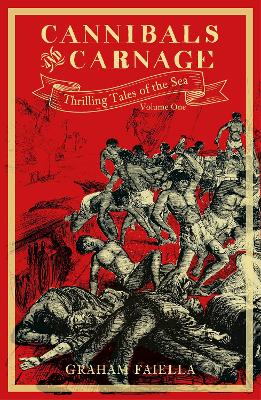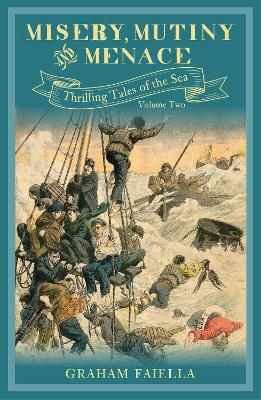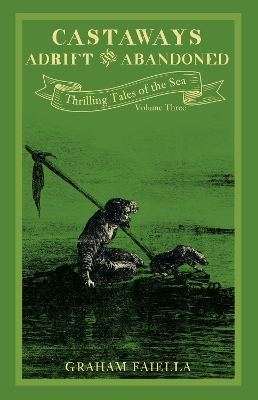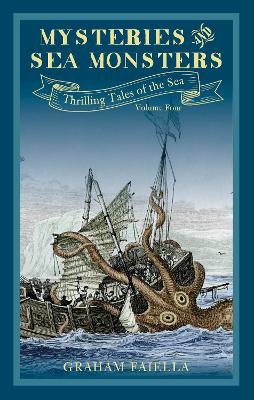Thrilling Tales of the Sea
4 primary works
Book 1
Book 2
Book 3
Seafaring before the twentieth century bristled with peril.
The safe haven of your vessel might be destroyed by tempest or misadventure, your security scuttled. When you were cast away with only the resources of pluck, stamina, hope – and luck. Where you might end up on the expanse of endless sea facing the prospect of imminent dehydrated, starving death. Or on a safe but potentially forbidding – yet occasionally lush – outcrop of an isolated shore, amongst which perils abounded accounts of courage and companionship.
These are narratives of castaways abandoned to fend for themselves, and the ordeals they endured and survived and in remembrance of the seafarers who did not.
Book 4
The sea realm has ever been mysterious: strange happenings upon it, an unfathomable abyss of ‘The Great Unknown’ below.
Before the scrutiny of scientific Enlightenment and Age of Reason, in the eighteenth century, ghost ships and oceanic monsters were the stuff of superstition, myth and legend to explain the inexplicable, to enthral the imagination – and enliven the unimaginable.
Narratives of phantom ships manned by ghostly (sometimes skeletal) crews, or damned like the Flying Dutchman to roam the seas forever; of sinister, sinuous sea serpents; and the lore of the terrible multi-tentacled kraken.
Accounts inspired spirited controversy amongst believers and sceptics, in the awestruck thrill of such frightful enigmas.



